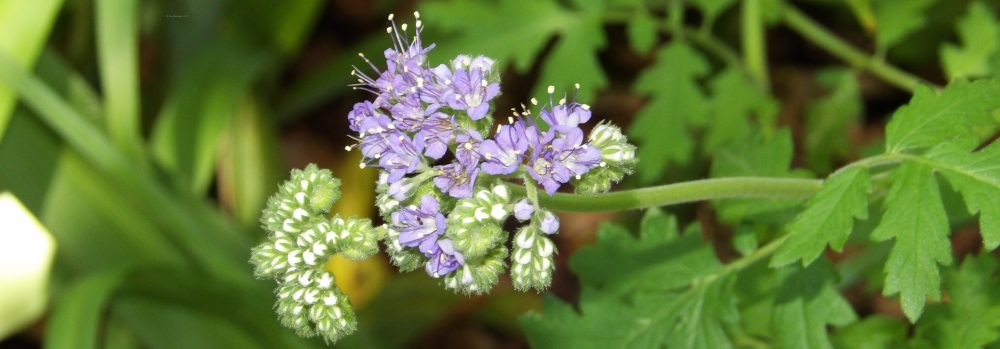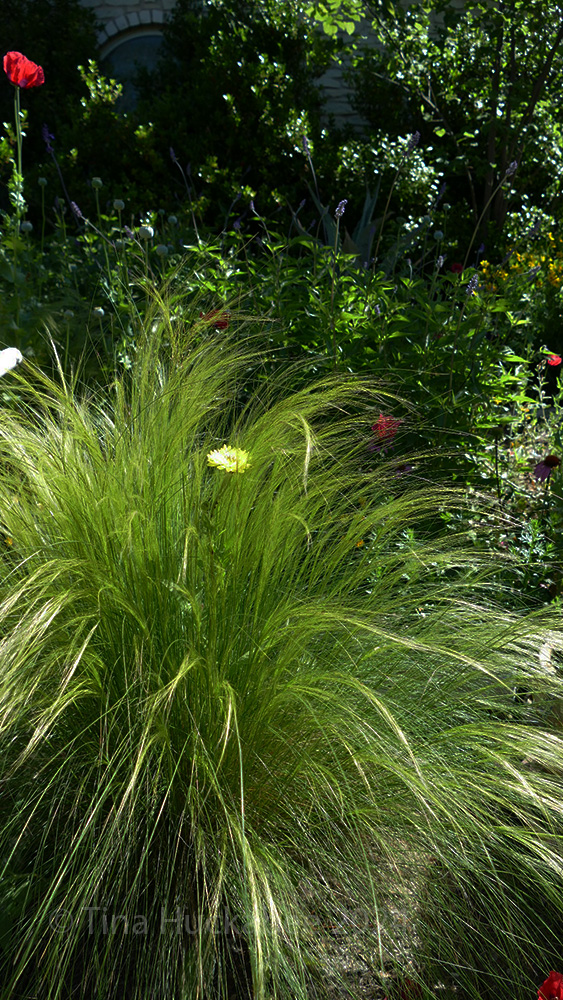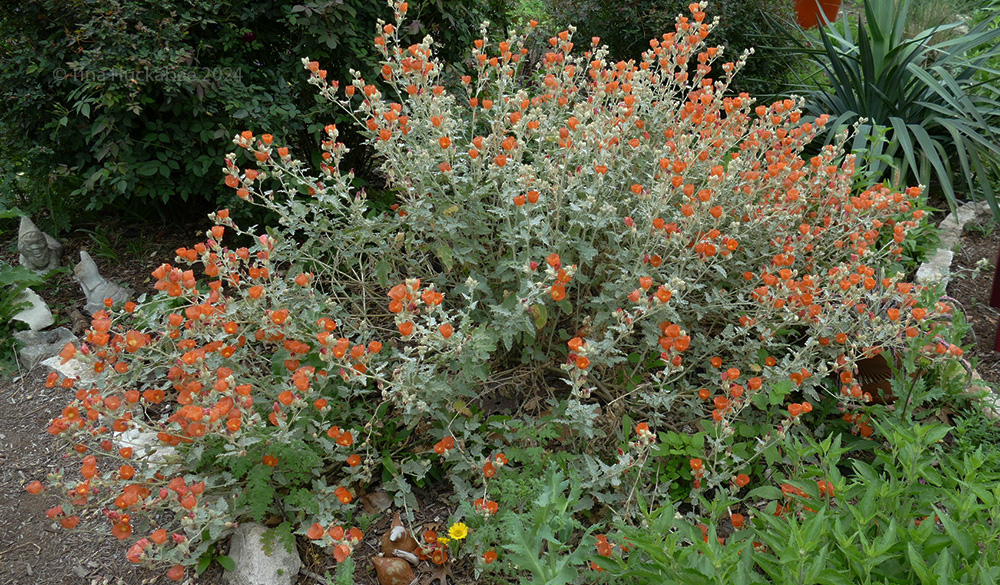Fluffy, feathery, floofy owlets have hatched! Two were born on Sunday, the third on Monday. Tiny and fragile, they’re covered with fine, white down; it’s hard to believe that these helpless little creatures will grow into fierce hunters.

Mama’s tail feathers fill the top of the photo. The dark splotch just below are the remains of a bird or rat–I can’t quite tell; food tends to shift around a bit. You’ll notice the scattering of feathers amoung the nesting material.
Uptown Girl is an attentive parent and Shy Guy is now perched in the oak tree, very near the nest box. His job is to protect the nestbox and hunt for his family. He’s delivered a couple of rats and at least one bird, (sob, I think it was a Carolina Wren), as meals for mama and babies. Eastern Screech Owls enjoy a varied diet, which is one reason why they’re so successful in urban areas. Meals range from insects to earthworms, toads and frogs, rodents and birds.
In the weeks that the female was in the nest box awaiting her bundles of joy, she slept quite a bit. Now, she’s more active, with nearly non-stop feeding and cleaning of the chicks. She and the chicks do have some quiet, restful moments throughout the day and often, the chicks are nestled under mama’s warm, feathered body. When the chicks are awake, I’m enjoying their peep-peep songs, such sweet little sounds, though probably indication hunger. Mama continues to trill during the day.
Early in the mornings (about 6AM) when I first check the owl cam, she’s not usually in the box, though she typically returns shortly afterward. Just before sundown, she goes out, but only briefly. As the chicks grow, her absences from the box will become longer and more frequent, as she’ll also hunt; it’ll take two adults to feed these hungry, growing chicks.
It feels weirdly invasive to watch these beautiful animals in their intimate family life, but it’s fascinating to observe the preparation for and parenting of their offspring. Though a few days since the segue from eggs to chicks, the chicks have grown and in a month’s time, they’ll fledge. Their development, supervised by their parents’ excellent training, will continue in more natural settings, less observable by human eyes.






